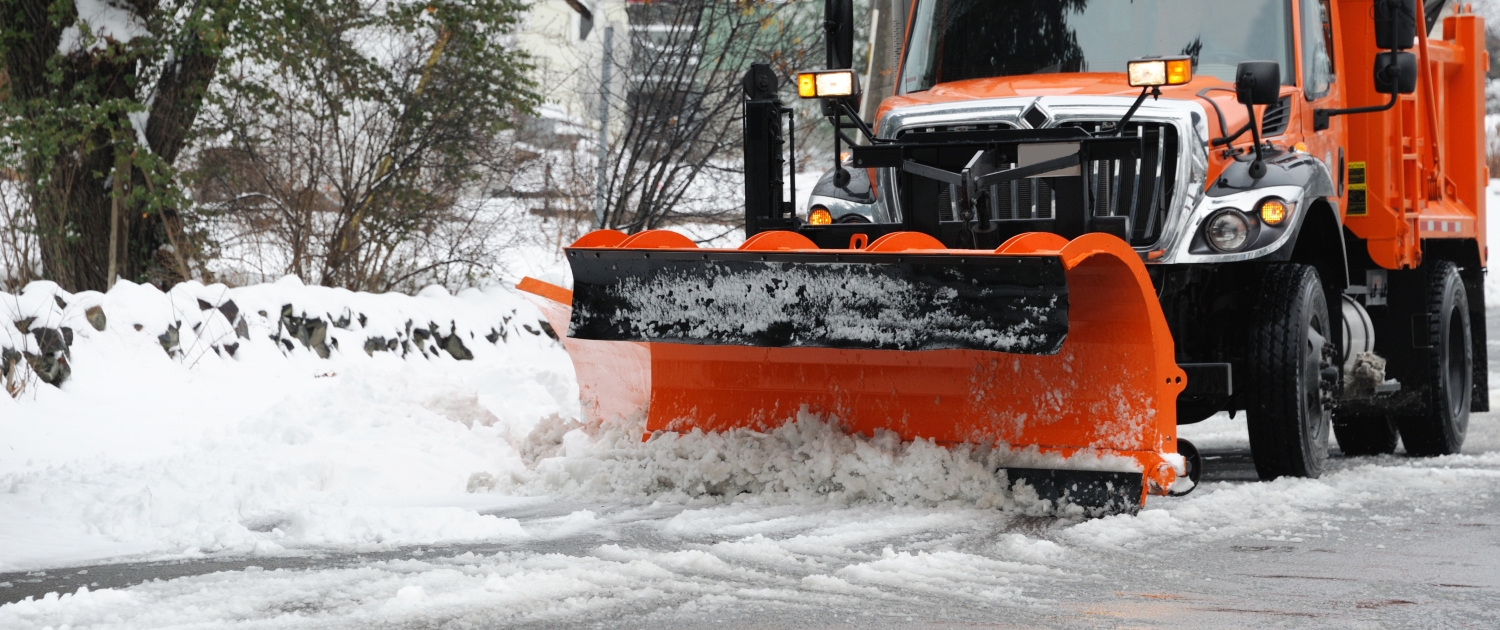
If you’re considering becoming a snowplow driver, now’s the time. Much like in every other sector of transportation, there’s a tight labor market for snowplow drivers, so state DOTs as well as private snow removal companies are looking to hire. Here are the need-to-know facts about being a snowplow driver, so you can decide if it’s the right fit for you.
What is a Snowplow Driver?
A snowplow driver is someone who clears snow and ice from city streets, driveways, parking lots, and anywhere else cars drive. If the plow is attached to a dump truck chassis, they’ll usually drop salt as they plow as well.
Generally, there’s two options for people who want to become snowplow drivers. You can either work for your state’s DOT or a private landscaping or snow removal company.
What Equipment do Snowplow Drivers Use?
It’s a common misconception that a “snowplow” is a kind of truck itself. A snowplow is actually just the attachment that is mounted on whatever vehicle that’s being used.
If you choose the DOT route, you’ll likely be driving a dump truck with an attached plow. These are sometimes referred to as “winter service vehicles” and are used for plowing multi-lane city streets and highways.
If you’re working for a landscaping or snow removal company, you’ll be driving a pickup truck or front-end loader with an attached snowplow. These vehicles are primarily used to plow smaller residential streets, parking lots, and driveways.
What Qualifications are Needed to Become a Snowplow Driver?
Snowplow drivers need to either hold their CDL A or B. There may be additional requirements based on your specific state, so be sure to check with your state’s B/DMW for more information. Since most snowplow drivers won’t be crossing state lines, this makes it a great option for drivers who aren’t 21 yet.
How Much Does Being a Snowplow Driver Pay?
Unless you live in a region of the country where snow is possible year-round, snowplow driving is a seasonal job. It’s great for drivers who are looking to make extra money during the winter months but isn’t sustainable year-round.
Snowplow drivers will usually earn an hourly wage. This wage can be anywhere from $15-30 per hour depending on the state you live in and your experience level. This puts snowplow driving wages on the lower side when compared to other CDL B jobs.
But keep in mind that snowplow driving is seasonal work, usually done to supplement someone’s income, not be their sole source of income. Here’s a breakdown of the average pay for snowplow drivers based on each state.
What is Expected of Snowplow Drivers?
Snowplow drivers are at the beck and call of the weather. If heavy snow or sleet is in the forecast, snowplow drivers can expect early mornings and late nights.
Aside from that, snowplow drivers should be comfortable driving in poor weather conditions. These drivers are the first line of defense and often find themselves in the harshest elements, plowing roads that they can barely see.
If you think that you’re up to the challenge of being a snowplow driver, you’re in luck. Many state DOTs and private companies are looking for these kinds of drivers right now. Visit your state’s DOT website or do some research on landscaping/snow removal companies in your area for more information.
If you’re looking for another type of CDL A or B job, consider making a free profile with Drive My Way. Our patented technology matches drivers with jobs that are matches for their qualifications and lifestyle preferences.
Looking for a new CDL Job?
Drive My Way matches you with a job based on your preferences like pay, home time, touch level, and more.

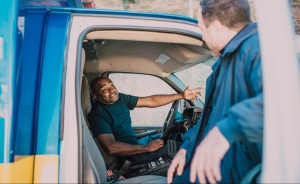

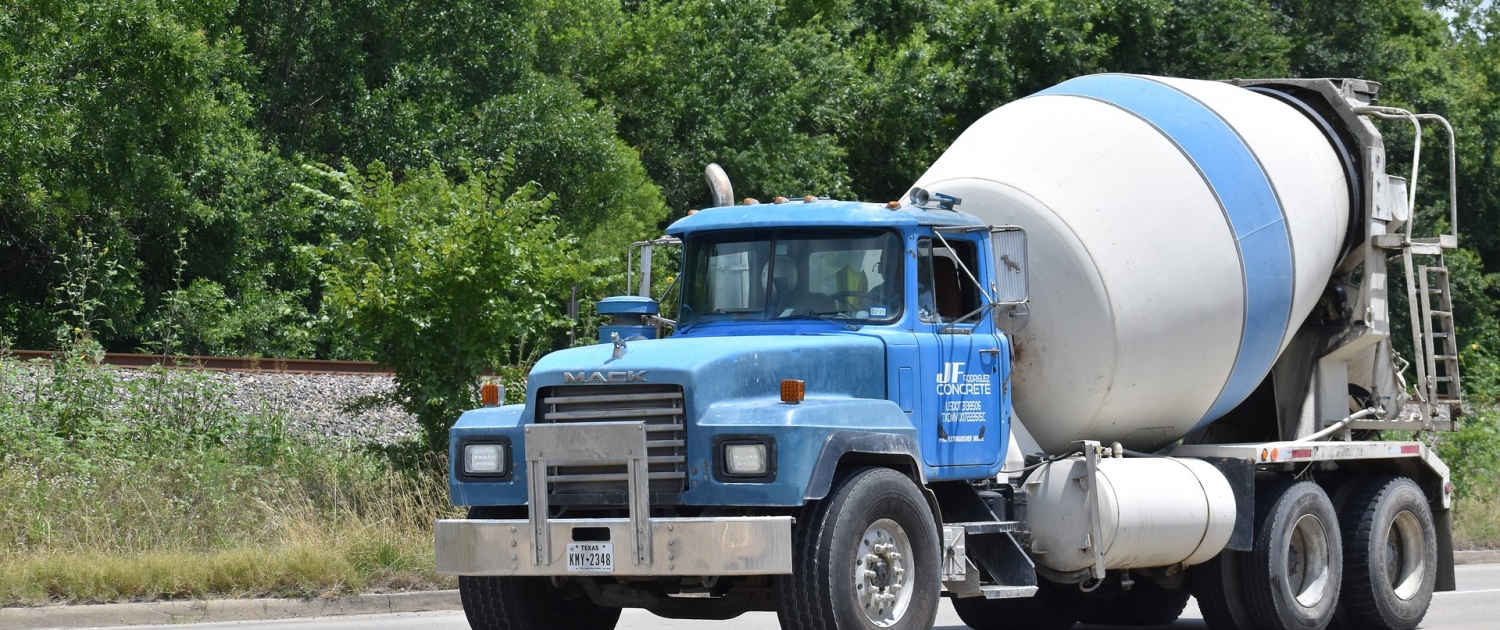

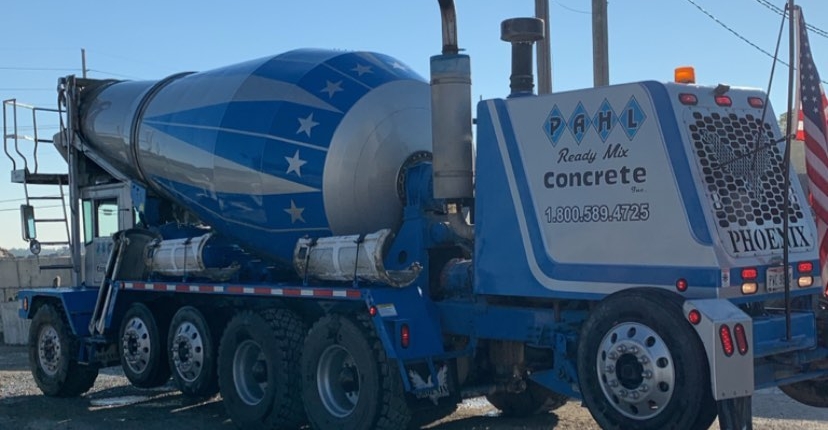
 Before deciding on a job, truck drivers need to consider a lot of different factors. Pay, home time, type of run, bonuses/incentives and company policies all make a difference in which carrier a driver will eventually choose to work for.
Before deciding on a job, truck drivers need to consider a lot of different factors. Pay, home time, type of run, bonuses/incentives and company policies all make a difference in which carrier a driver will eventually choose to work for.  Probably the most important consideration for drivers are issues around pay and benefits. You want to make sure the company is offering a pay package that fulfils your financial needs. Find out all the details about pay rates, pay models, bonuses, and expected raises. Companies have different ways of offering home time and vacation time too, so you want to make sure you understand the details.
Probably the most important consideration for drivers are issues around pay and benefits. You want to make sure the company is offering a pay package that fulfils your financial needs. Find out all the details about pay rates, pay models, bonuses, and expected raises. Companies have different ways of offering home time and vacation time too, so you want to make sure you understand the details. Aside from pay and benefits, the next most important thing drivers want to know about are operational details. What type of freight will they be hauling and what runs will they make? Will they need any additional endorsements? What level of touch will the freight be? Will there be majority drop and hooks or live loads?
Aside from pay and benefits, the next most important thing drivers want to know about are operational details. What type of freight will they be hauling and what runs will they make? Will they need any additional endorsements? What level of touch will the freight be? Will there be majority drop and hooks or live loads? One of the biggest concerns that drivers have is the kind of equipment they’ll be using. This is understandable as a driver’s truck is their home away from home.
One of the biggest concerns that drivers have is the kind of equipment they’ll be using. This is understandable as a driver’s truck is their home away from home.  In addition to the questions above, drivers should ask general questions about the company to get a sense of who they will be working for. Many drivers say they are looking for a family-oriented company, which will respect them as a person and not just a disposable number.
In addition to the questions above, drivers should ask general questions about the company to get a sense of who they will be working for. Many drivers say they are looking for a family-oriented company, which will respect them as a person and not just a disposable number. 
 No trend in 2020, 2021, or 2022 has been more pronounced than the rapid pace of
No trend in 2020, 2021, or 2022 has been more pronounced than the rapid pace of  This trend is starting to become clearer in NTI data on driver wages and benefits, but increasingly, motor carriers will move toward pay packages that promote safety and move away from pay packages that promote productivity.
This trend is starting to become clearer in NTI data on driver wages and benefits, but increasingly, motor carriers will move toward pay packages that promote safety and move away from pay packages that promote productivity.  A frustration long held by professional drivers is inconsistent and lumpy paychecks week to week — particularly for causes outside of their control, such as
A frustration long held by professional drivers is inconsistent and lumpy paychecks week to week — particularly for causes outside of their control, such as 
 Scheduling flexibility may not sound like it’s directly tied to a driver’s paycheck — but it can and should be viewed as an element of a fleet’s driver compensation package and a vital component of recruiting and retention programs.
Scheduling flexibility may not sound like it’s directly tied to a driver’s paycheck — but it can and should be viewed as an element of a fleet’s driver compensation package and a vital component of recruiting and retention programs.  Driving provides women truckers with many of the same advantages as it does to men—independence, flexibility, and the opportunity to travel across the country.
Driving provides women truckers with many of the same advantages as it does to men—independence, flexibility, and the opportunity to travel across the country. While work-life balance should be important for all truckers, it’s sometimes not as important to men. Carriers may become used to offering insufficient
While work-life balance should be important for all truckers, it’s sometimes not as important to men. Carriers may become used to offering insufficient 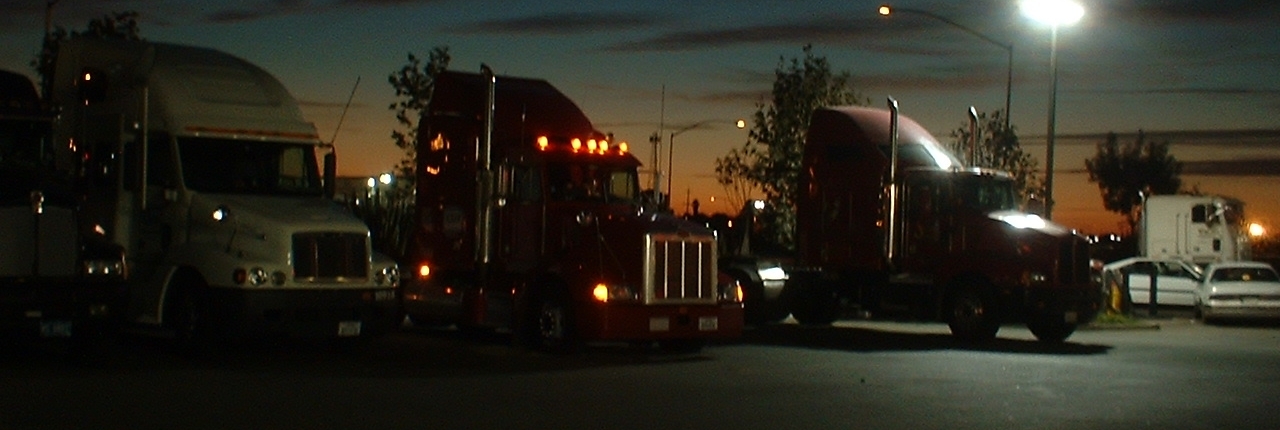

 Women truck drivers will have specific concerns about hygiene that male drivers won’t. And unfortunately, sometimes male drivers, fleet managers, or truck stop employees may be unaware or unsympathetic to these issues.
Women truck drivers will have specific concerns about hygiene that male drivers won’t. And unfortunately, sometimes male drivers, fleet managers, or truck stop employees may be unaware or unsympathetic to these issues.

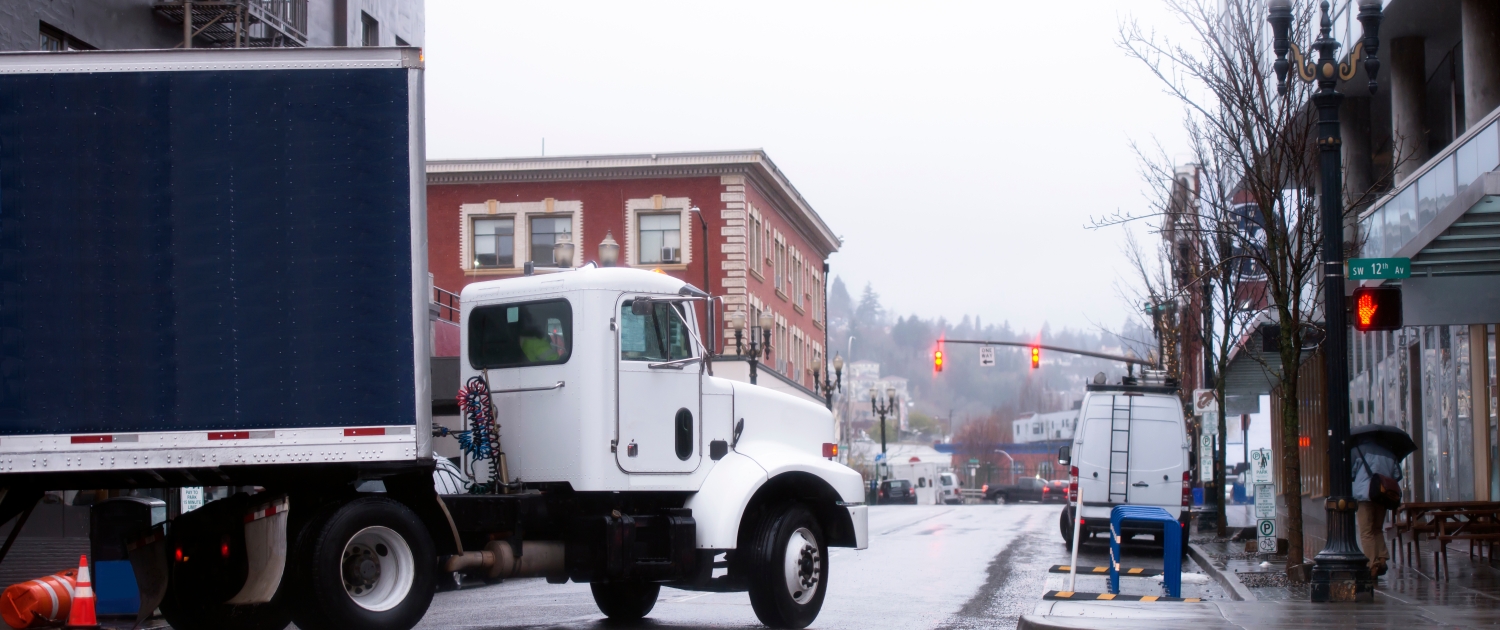 If you were to ask truck drivers where their
If you were to ask truck drivers where their 
 Though getting a Class A CDL will open the
Though getting a Class A CDL will open the  With a Class B CDL, a trucker can drive any vehicles endorsed for Class B or Class C. Some of these vehicles are:
With a Class B CDL, a trucker can drive any vehicles endorsed for Class B or Class C. Some of these vehicles are: To hold a Class B CDL, you only need to be 18 years old. This is actually true for a CDL A as well, but many companies will not hire
To hold a Class B CDL, you only need to be 18 years old. This is actually true for a CDL A as well, but many companies will not hire  If you’re a truck driver looking to stay close to home, a Class B CDL might be a great option for you, since most CDL B jobs only run locally. This means that if you’re planning on getting your Class B CDL, you should be prepared for jobs as a mover, delivery driver, bus driver, or
If you’re a truck driver looking to stay close to home, a Class B CDL might be a great option for you, since most CDL B jobs only run locally. This means that if you’re planning on getting your Class B CDL, you should be prepared for jobs as a mover, delivery driver, bus driver, or 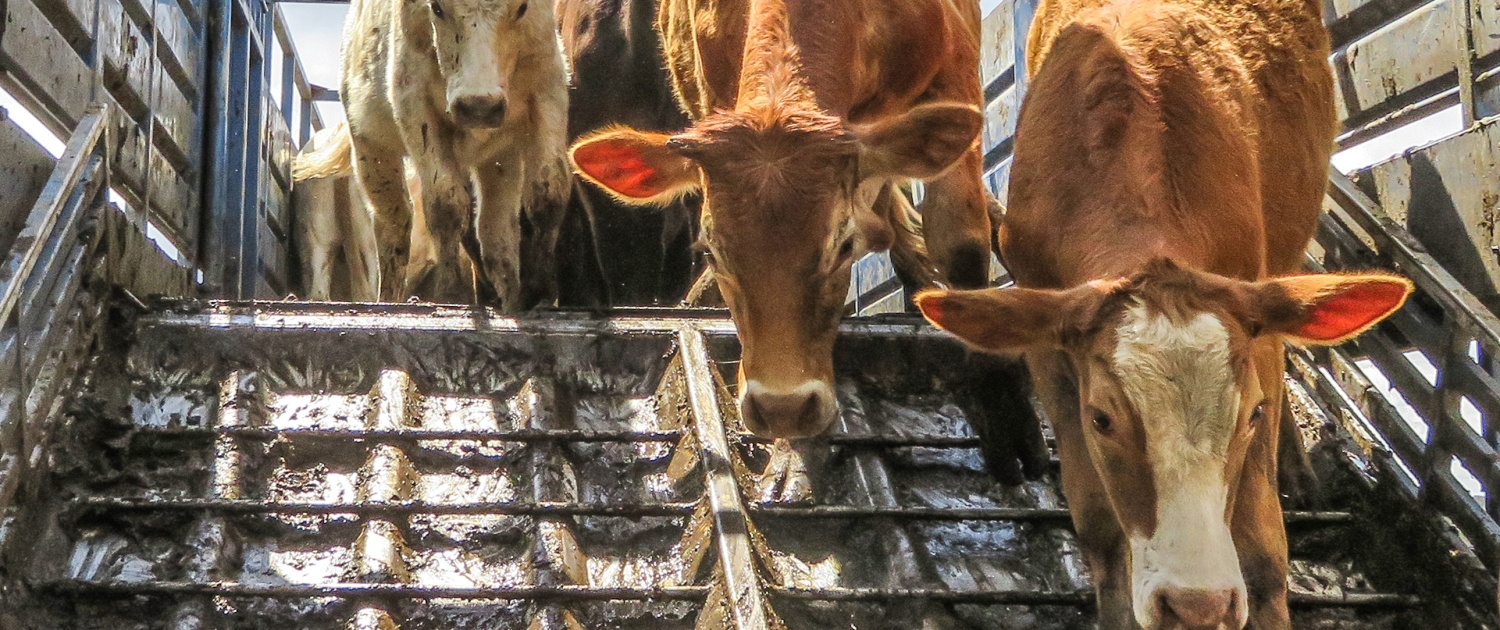 If you’re a truck driver looking for a new haul, you may (or may not have) considered hauling livestock. There’s a lot of notions out there about what working with livestock is and isn’t. That’s why we talked to a livestock hauler who told us what the job is really like and gave some tips for people considering this line of work. So, if you’re curious about hauling livestock, here are 3 things to know.
If you’re a truck driver looking for a new haul, you may (or may not have) considered hauling livestock. There’s a lot of notions out there about what working with livestock is and isn’t. That’s why we talked to a livestock hauler who told us what the job is really like and gave some tips for people considering this line of work. So, if you’re curious about hauling livestock, here are 3 things to know. When many people think of hauling livestock, there’s a good chance that they think of cows or pigs. While those animals do make up the largest part of the livestock transportation industry, livestock haulers can carry anything that is live freight. This can mean chickens, goats, sheep, and even bees. There are even some livestock haulers who carry high-value livestock such as
When many people think of hauling livestock, there’s a good chance that they think of cows or pigs. While those animals do make up the largest part of the livestock transportation industry, livestock haulers can carry anything that is live freight. This can mean chickens, goats, sheep, and even bees. There are even some livestock haulers who carry high-value livestock such as 
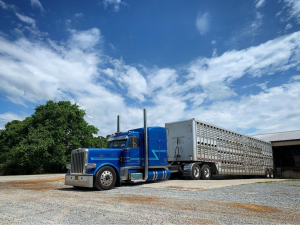
 While livestock haulers often have to meet specific requirements beyond a typical CDL driver, they are also
While livestock haulers often have to meet specific requirements beyond a typical CDL driver, they are also  As a truck driver who’s looking for a new job, there are a ton of factors to consider before making your decision. You’re probably thinking about your preferred range, what you
As a truck driver who’s looking for a new job, there are a ton of factors to consider before making your decision. You’re probably thinking about your preferred range, what you 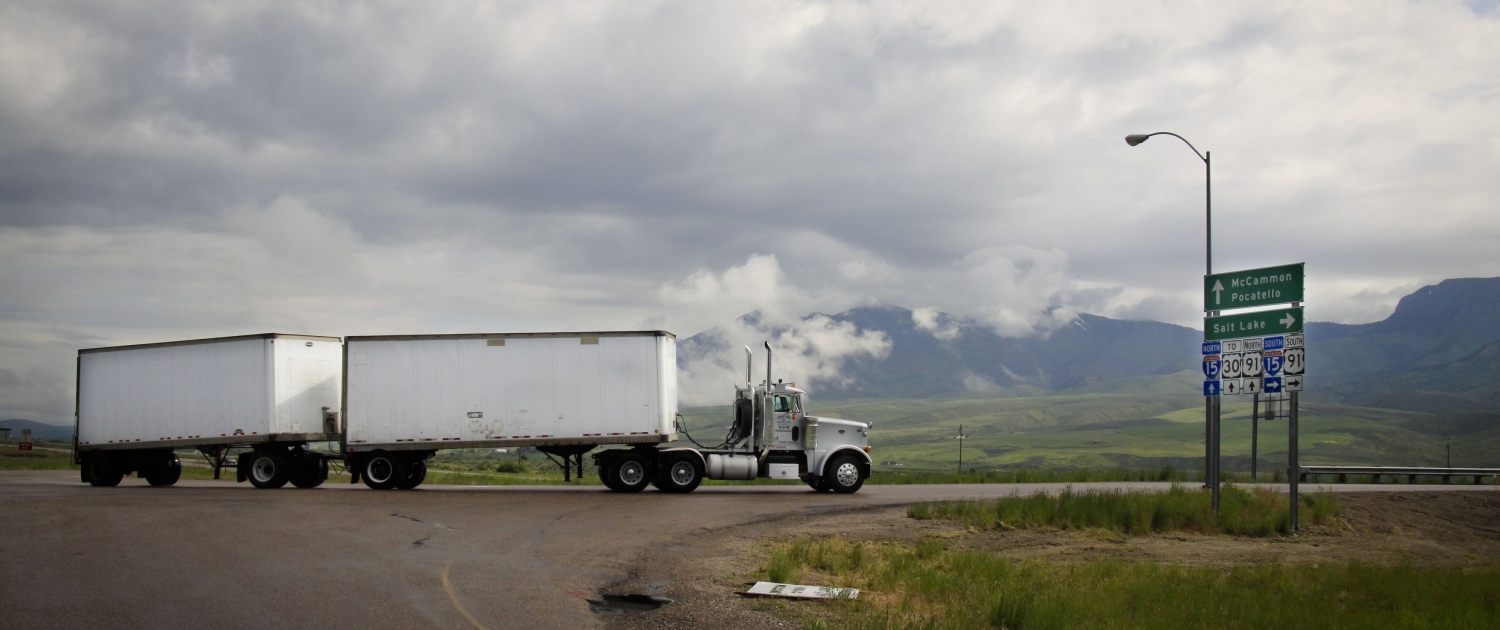 For CDL A truck drivers, there are dozens of skills and endorsements they can earn related to driving specialty trailers. Drivers with these skills and endorsements are highly sought after by trucking companies and tend to earn more than drivers without.
For CDL A truck drivers, there are dozens of skills and endorsements they can earn related to driving specialty trailers. Drivers with these skills and endorsements are highly sought after by trucking companies and tend to earn more than drivers without. 
